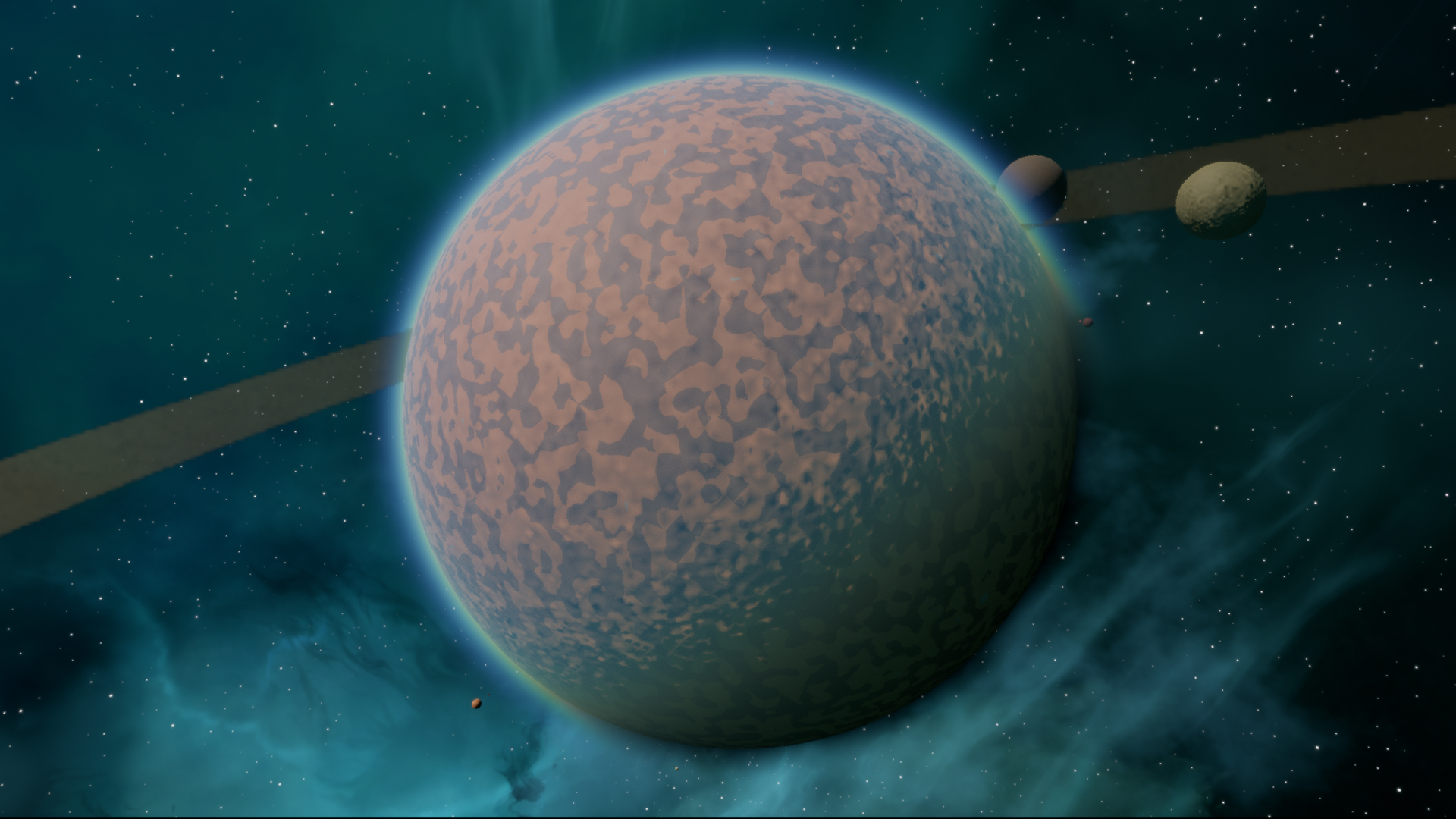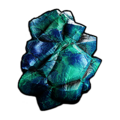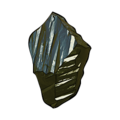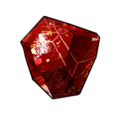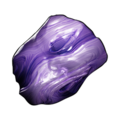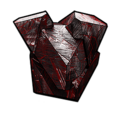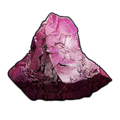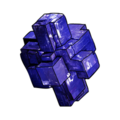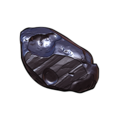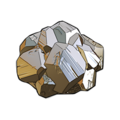Difference between revisions of "Hemera"
| (3 intermediate revisions by one other user not shown) | |||
| Line 9: | Line 9: | ||
}} | }} | ||
{{SB Infobox Celestial Body General Information | {{SB Infobox Celestial Body General Information | ||
|pronunciation={{IPAc-en| | |pronunciation={{IPAc-en|(|h|)|i|.|ˈ|m|ɛ:|.|ə}} | ||
|languageOrigin=[[wikipedia:Ancient_Greek|Ancient Greek]] | |languageOrigin=[[wikipedia:Ancient_Greek|Ancient Greek]] | ||
|ipaKey=[[wikipedia:Ancient_Greek_phonology|key]] | |ipaKey=[[wikipedia:Ancient_Greek_phonology|key]] | ||
| Line 48: | Line 48: | ||
|Kutonium | |Kutonium | ||
}} | }} | ||
}}<section begin=summary/>'''Hemera''' ({{IPAc-en| | }}<section begin=summary/>'''Hemera''' ({{IPAc-en|(|h|)|i|.|ˈ|m|ɛ:|.|ə}}) is a moon with ruddy orange soil speckled with hundreds of mountain ranges. Throughout the day, its sky ranges through many shades of blue, green, and orange, and ground-level fog is at a minimum. Hemera is an unusual satellite, having attracted not only two satellites of its own ([[Mouros]] and [[Pasithea]]), but its own asteroid belt as well, which is more distant than its subsatellites.<section end=summary/> | ||
==Nomenclature== | ==Nomenclature== | ||
| Line 55: | Line 55: | ||
{{QuoteLit|... where Night and Day passing near greet one another as they cross the great bronze threshold. The one is about to go in and the other is going out the door, and never does the house hold them both inside, but always the one goes out from the house and passes over the earth, while the other in turn remaining inside the house waits for the time of her own departure, until it comes. The one holds much-seeing light for those on the earth, but the other holds Sleep in her hands, the brother of Death — deadly Night, shrouded in murky cloud.|Hesiod, "Theogeny" (746)}} | {{QuoteLit|... where Night and Day passing near greet one another as they cross the great bronze threshold. The one is about to go in and the other is going out the door, and never does the house hold them both inside, but always the one goes out from the house and passes over the earth, while the other in turn remaining inside the house waits for the time of her own departure, until it comes. The one holds much-seeing light for those on the earth, but the other holds Sleep in her hands, the brother of Death — deadly Night, shrouded in murky cloud.|Hesiod, "Theogeny" (746)}} | ||
[[Category:Moons]] | |||
[[Category:Atmosphere - Surtrite/Karnite]] | [[Category:Atmosphere - Surtrite/Karnite]] | ||
Latest revision as of 00:31, 4 August 2024
(Ancient Greek) - IPA(key)
Hemera (/(h)i.ˈmɛər.ə/) is a moon with ruddy orange soil speckled with hundreds of mountain ranges. Throughout the day, its sky ranges through many shades of blue, green, and orange, and ground-level fog is at a minimum. Hemera is an unusual satellite, having attracted not only two satellites of its own (Mouros and Pasithea), but its own asteroid belt as well, which is more distant than its subsatellites.
Nomenclature
In Greek mythology, Hemera was the personification of day. According to Hesiod, she was the daughter of Erebus (Darkness) and Nyx (Night), and the sister of Aether (the bright upper sky). Though separate entities in Hesiod's Theogony, Hemera and Eos (Dawn) were often identified with each other.
... where Night and Day passing near greet one another as they cross the great bronze threshold. The one is about to go in and the other is going out the door, and never does the house hold them both inside, but always the one goes out from the house and passes over the earth, while the other in turn remaining inside the house waits for the time of her own departure, until it comes. The one holds much-seeing light for those on the earth, but the other holds Sleep in her hands, the brother of Death — deadly Night, shrouded in murky cloud.
